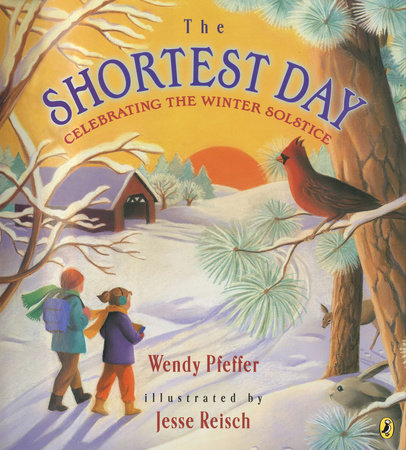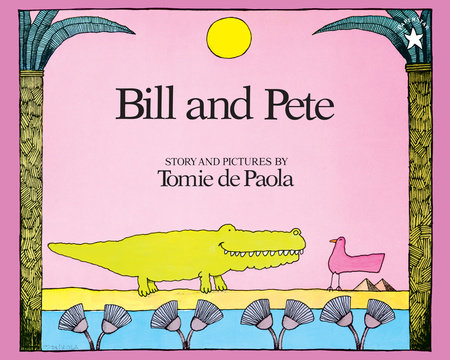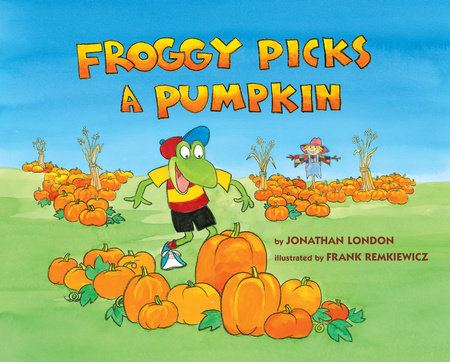

The Shortest Day
By Wendy Pfeffer
Illustrated by Jesse Reisch
By Wendy Pfeffer
Illustrated by Jesse Reisch
Category: Children's Nonfiction | Children's Picture Books

-
$8.99
Sep 04, 2014 | ISBN 9780147512840 | 6-9 years
Buy the Paperback:
Praise
Praise for The Shortest Day:
“In a well-thought-out collection of ideas surrounding December 21 and the Winter Solstice, the author leads readers through what happens to the sun and why… Back pages include an interesting and useful variety of ideas, from more facts about the solstice with explanatory diagrams, four projects that teachers, parents, and adults who work with children would find fresh, and two “cooking” activities, one for a human party and one for an avian one.”
—Children’s Literature
“Using clear, concise language, Pfeffer discusses important ideas behind the shortest day of the year, such as the change from autumn to winter as well as the concept of the Earth’s tilting away from the sun. The historical view provides a brief look at the days of prehistoric sun worship as well as chronological interpretations of the phenomenon from 5000 to 1000 years ago. Thus, young listeners are exposed to the ideas of ancient Egyptian, Chinese, Incan, and European astronomers and their efforts to explain this scientific wonder. The modern scene of the solstice celebration, though obviously at Christmas, features family, presents, and stockings on the mantle but has no religious overtones. The remaining pages feature more complete “Solstice Facts,” four simple experiments, two party suggestions, and a short but up-to-date list for further reading. While appealing to a younger audience, this treatment combines the cultural approach of Ellen Jackson’s The Winter Solstice (Millbrook, 1994) and the activities of Sandra Markle’s Exploring Winter (Atheneum, 1984; o.p.). Pfeffer uses an easy, comfortable tone for conveying the basic information, and the end pages will provide additional opportunities for would-be astronomers to explore the principles on their own.”
—School Library Journal




















